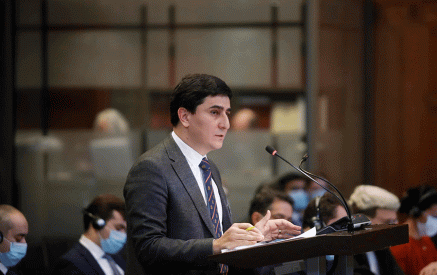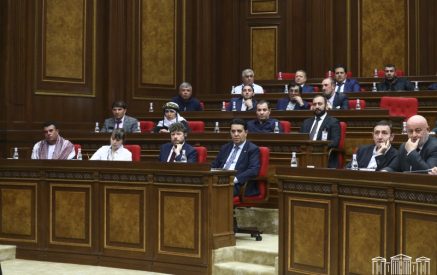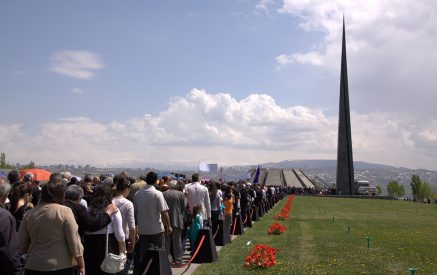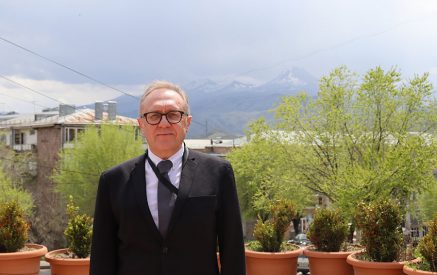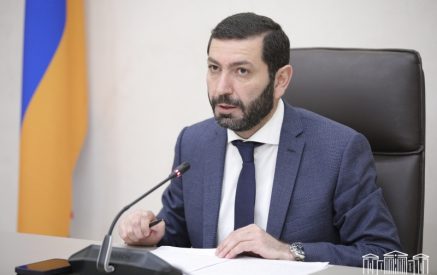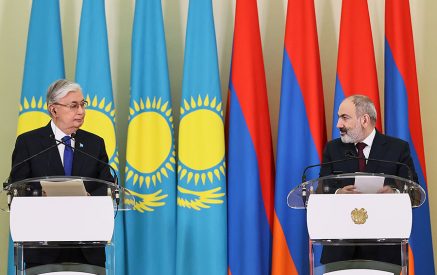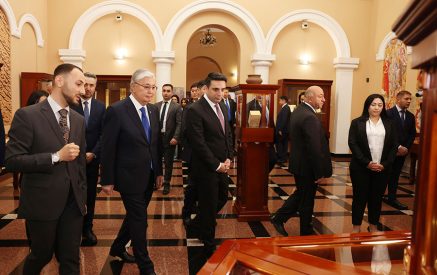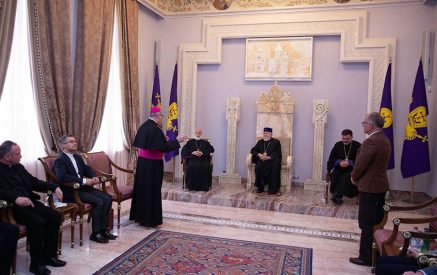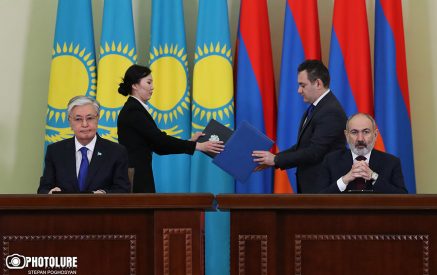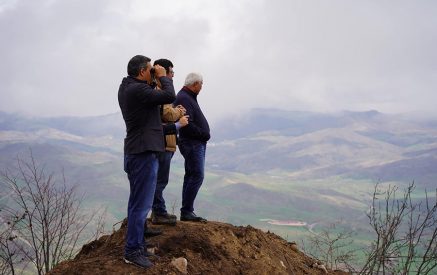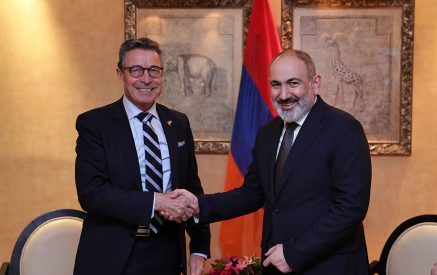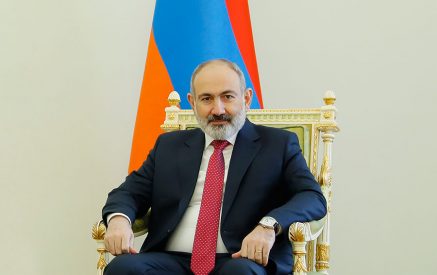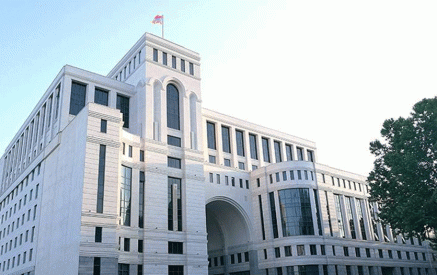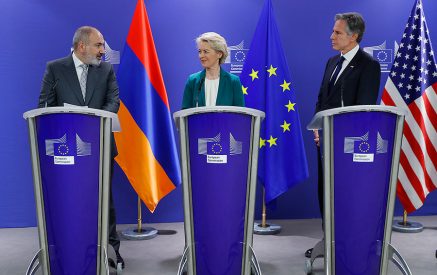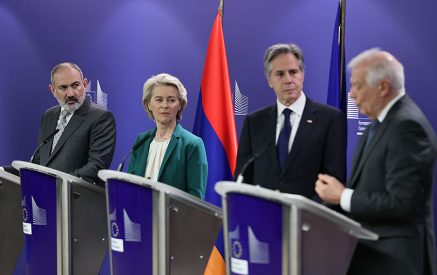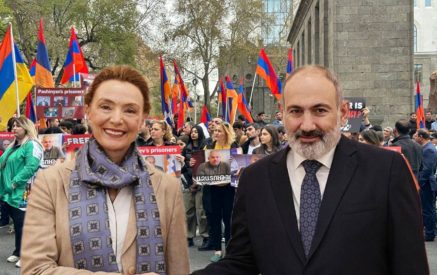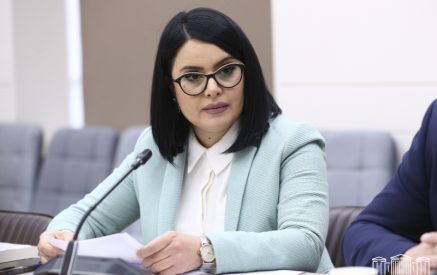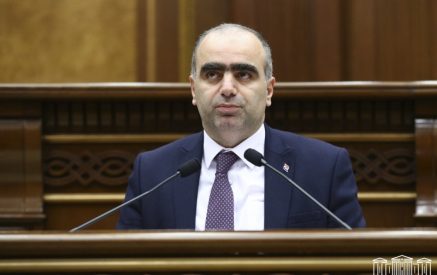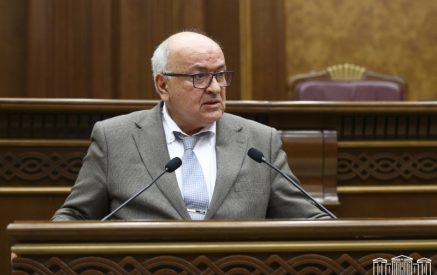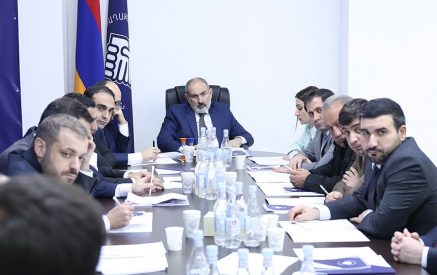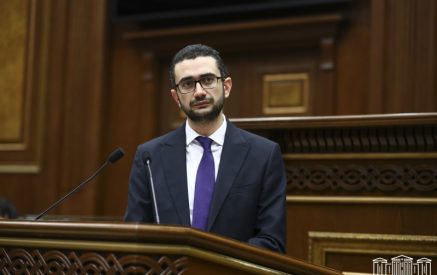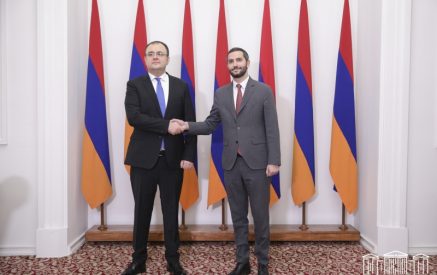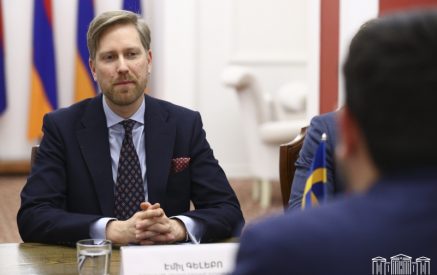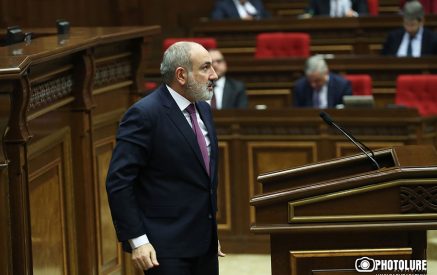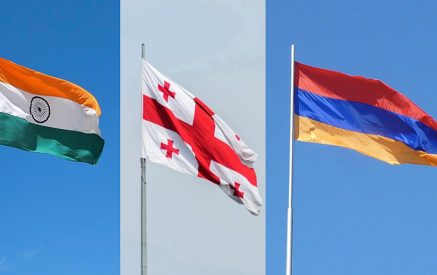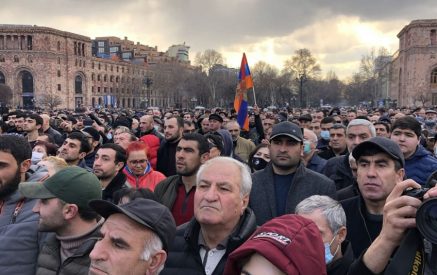Background
- The Council of Europe’s Committee of Ministers, a political body bringing together representatives of the 47 member states, is responsible for overseeing the implementation of judgments from the European Court of Human Rights
- The Committee of Ministers holds regular meetings to assess the progress which is being made on implementing outstanding cases and to adopt decisions accordingly; cases are closed when the committee considers them to have been properly implemented
- The committee produces an annual report showing the number of cases which are pending (yet to be implemented), the countries/issues concerned and the proportion of “leading” cases which raise new issues in relation to “repetitive” cases highlighting already existing problems
Key points
- Globally “very encouraging results”: the positive trend that had emerged over recent years, was confirmed in 2015: 1,285 new cases came before the Committee of Ministers in 2015 (a decrease compared to 2014); a record number of cases were closed in 2015 (1,537), especially old complex cases, and there was a further promising decrease in the number of pending cases (10 652); of those, 1 555 (15%) were leading cases raising new issues.
- The results achieved at national level indicate that the domestic execution has become more efficient.
- Two major challenges remain:
- Continued increase of cases pending for more than five years (20% by end-2011, and 55% by end-2015);
- “Pockets of resistance” (linked to social prejudices towards Roma and other minorities, to political considerations, “frozen conflicts”) increasingly impede the execution of judgments.
- “One of the fundamental conditions to further advance the execution of controversial or politically sensitive judgments is undoubtedly establishing dialogue with key interlocutors”, aimed at creating a common understanding of the execution requirements and the consequences that should flow from them.
- The largest categories of leading cases under enhanced supervision by the Committee of Ministers included cases relating to the actions of security forces (17%), poor detention conditions (13%), excessive length of judicial proceedings (9%) and unjustified detention (9%).
- The accumulated just satisfaction awarded to applicants was 53,766,388 euro, the lowest since 2010.
Statistics, with a focus on Armenia
- Armenia had 25 pending (not executed) cases, compared to 34 in 2014. The countries with the highest number of pending cases at the end of 2015 were Italy (2 421), Turkey (1 591), Russia (1 549), Ukraine (1,052) and Romania (652)– see pages 65-66.
- Armenia has paid just satisfaction (compensation) on time in 2 cases, after the deadline in 3 cases , and in one more case the confirmation of payment was expected – page 81.
- It took Armenia 4.4 years on average to implement leading cases (comparable to the average among the Council of Europe member states of 4.5 years)
- Just satisfaction awarded (how much Armenia had to pay out following the Court’s judgments of 2015): 234,820 euro, a considerable increase as compared to 6,030 euro in 2014 (pages 83-84)
- List and description of main pending cases for Armenia: see page 88. The list includes cases related to inadequate medical care in detention and the practice of putting accused in a metal case during trial (Ashot Harutyunyan v. Armenia); ill-treatment and torture by the police and ineffective investigations (Virabyan v. Armenia); impossibility for displaced persons to gain access, in the context of the Nagorno-Karabakh conflict, to their homes and properties in NK and the surrounding territories, lack of effective remedies (Chigarov and others v. Armenia).
- Cases closed by final resolution during 2015 (pages 105-110, details in Appendix V): Non-enforcement of a domestic judgment ordering a private company, mainly owned by the State, the payment of salary arrears (Khachatryan v. Armenia), poor conditions of administrative detention, ordered without adequate time and facilities to prepare any defence; lack of a right of appeal (Kirakosyan v. Armenia); unlawful deprivation of property rights (Minasyan and Semerjyan v. Armenia)
Main achievements and reforms in Armenia since 1998
Page 22
Access to court: The possibility for commercial entities to be exempted from court fees was improved in 2009 to guarantee the right to pursue judicial proceedings, notably to challenge the legality of administrative action, in cases where the levying of such fees would make the pursuit of proceedings impossible.
Broadcasting licenses: To protect against unwarranted refusals of broadcasting licences the Television and Radio Broadcasting Act was amended in 2010, introducing the obligation to provide properly substantiated and reasoned decisions with respect to the selection, refusal or invalidation of such licences.
Conscientious objection: A system of alternative service, under military control, was set up in 2004 and thoroughly revised in 2013 in order to put the service under civilian government control, to reduce the extra length as compared to military service and provide means of redress to conscientious objectors already unjustly convicted.
Read also
More information on the impact of the European Convention on CoE member States: https://bit.ly/1pJXmzo




